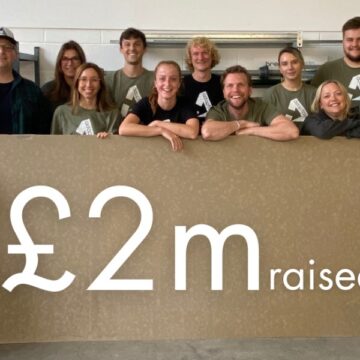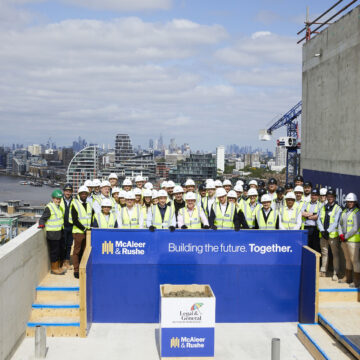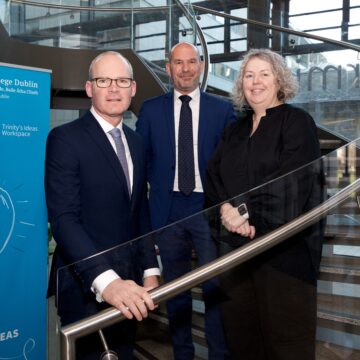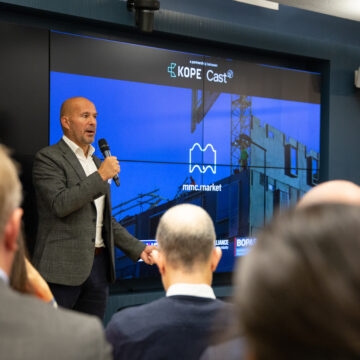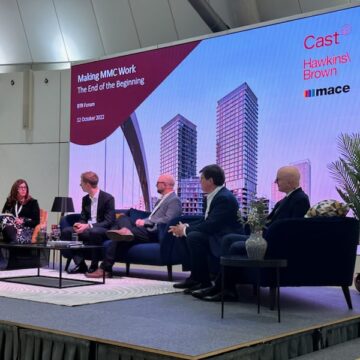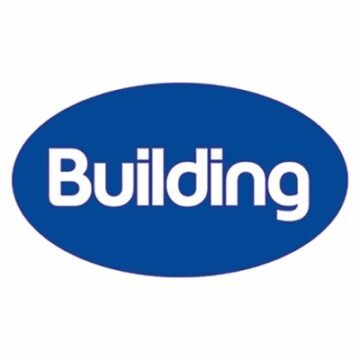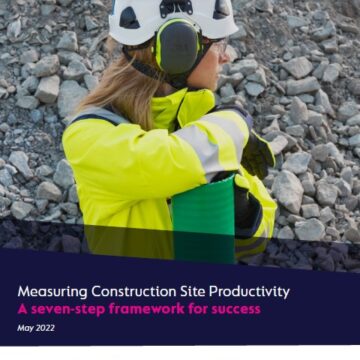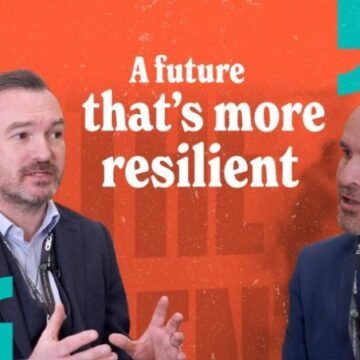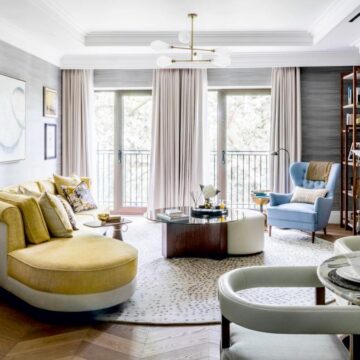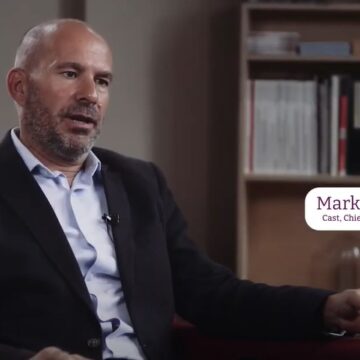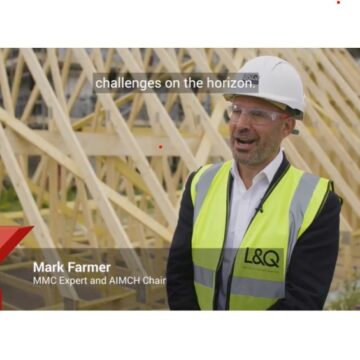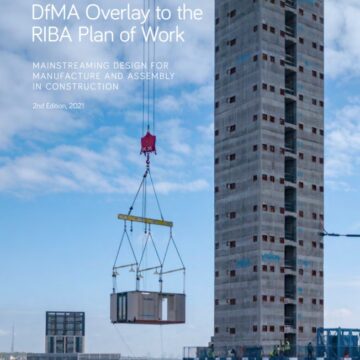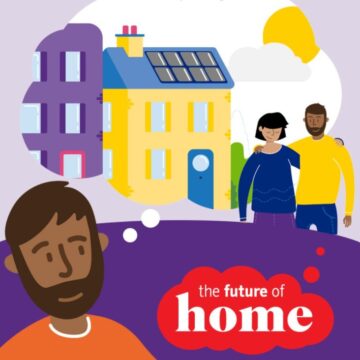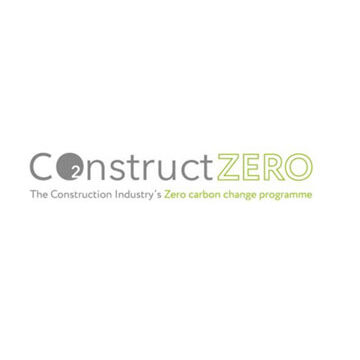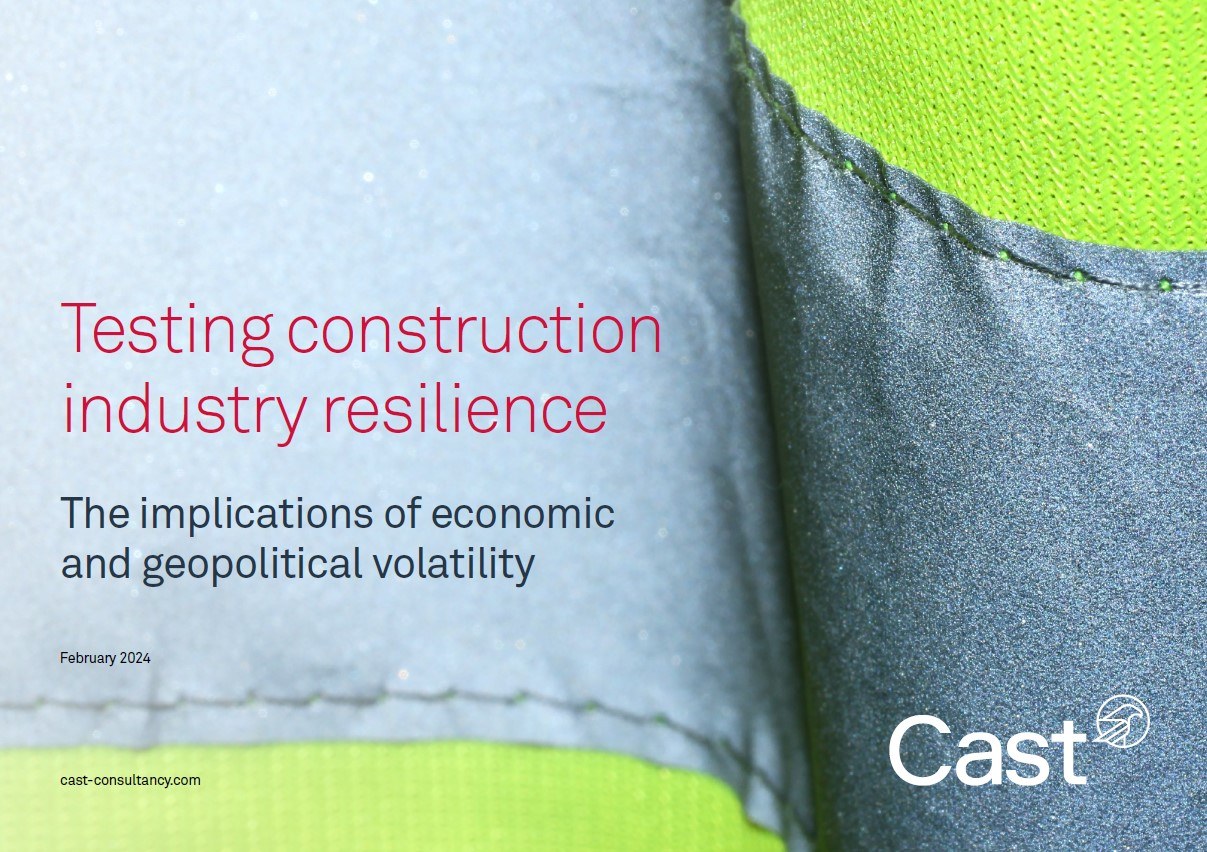As we enter 2021 most of us will be hoping for a very different year to 2020. It seems that despite the current worrying increase in Covid infection levels, the prospect of a large scale vaccination programme, at last, gives hope that there is light at the end of the pandemic tunnel. Much of what lies ahead for the residential market in 2021, however, has its roots in the events and decisions that took place last year.
The continuing ‘mini boom’ in the mortgage lending and home transactions market seems to defy logic and some suggest indicates the resiliency of the residential market. However, this perhaps owes more to pent up pre-Covid demand and the effects of the stamp duty holiday rather than any truly sustainable buoyancy in the housing market. Most serious commentators see fragility ahead combined with the delayed impact of economic fallout from Covid affecting consumer confidence and employment security which are likely to be strong bellwethers for future levels of transactions.
The housing supply debate also continues to play out pitting those who argue we need more homes against those that argue we have enough homes and they are just under-utilised and out of financial reach for those most in need. The consensus position seems to be that we do need to build more homes, but there undoubtedly needs to be more focus on what kind of homes, where we build them and at what level of affordability. This brings into play the linked but emotive questions of planning reform, house prices, and housing quality.
It seems we are also not yet really harnessing the opportunities from innovation in tenure and product that would create more mobility in the housing market, especially the still-nascent later living segment where fiscal reforms combined with a new generation of aspirational community developments could do so much to grease the wheels of downsizing and standing stock under-occupancy.
Cast clients like Legal and General and Goldman Sachs are actively trying to pioneer new models here through innovative later living platforms but could do so much more with the right policy incentives. Action in this area, combined with an effective and programmatic First Homes roll out and fit for purpose intermediate tenure initiatives, could create the better balance we need in the market rather than seeing equity locked up and low market transactional liquidity.
Many expect market attitudes towards housing needs generally to be permanently impacted by our experiences of the last few months – spending more time at home, living and working in the same environment and deciphering the implications of likely permanent changes in the way that we will work in the future split between office and home. This is still to be borne out by tangible evidence of changes in demand profile for new and existing stock but many are anticipating this will start to show itself in a more discerning market, perhaps in 2021.
Will renters and purchasers start to look at the triangulation of location, pricing and quality through a new lens? Will we see the growth of the suburban build to rent model and the maturity of a master developer strategic land model that delivers a host of tenures that embraces tenure diversity and delivery innovation? Cast is involved in some exciting schemes which indicate this is indeed a structural shift as investors look to redeploy capital out of commercial assets and to not just rely on urban living multi-family build to rent paradigms but increasingly look at yield based single-family housing models.
Looking at the acceleration of the decline of the High Street that Covid has created, many see residential uses as being the obvious saviour for the regeneration of declining retail-based assets and city-centre regeneration. Others are probably quite rightly wondering whether high street or retail park living is indeed the right de facto position. The highly charged arguments around Permitted Development (PD) changes only reinforce the nervousness that exists in certain quarters of the perhaps unintended consequences of flipping commercial or retail assets to residential. The smart money in the sector will likely be backing quality and market-orientated choice not just theoretical returns on a spreadsheet provided by land opportunity and cheap and quick conversions that create poor quality homes and places. This is notwithstanding recent much-needed Government confirmation that planning led space and daylighting standards will apply to PD. Cast is working confidentially with a major retailer in exciting plans to reappropriate major retail assets into residential uses, but the technical and placemaking challenges cannot be under-estimated.
The interesting ingredient in the 2021 mix is the insatiable media interest that now swirls around poor quality design or development execution, representing real reputational and brand risk for businesses in a way that we perhaps haven’t seen before. This has coincided with a crescendo in the media coverage related to the Grenfell inquiry and campaigning by the many thousands who are faced with huge bills for recladding their buildings. The ‘Trip Advisor’ culture I have spoken about for many years is now firmly at the doors of the residential development market and has empowered the public and, in turn, fed the media the increasing volume of stories that can sink the success of what previously on paper might look like a profitable scheme delivered using a long-standing model that prioritises developer return at the point of completing a scheme.
The concept of trust is increasingly going to be in people’s minds when deciding on renting or buying a home. Earning trust is about delivering promises, whether that is a homebuilder selling a house or a build to rent platform or a housing association managing an asset. The ability for homebuilders to offer fully underwritten product guarantees and a comprehensive consumer aftercare service which creates the level of brand loyalty we see in the new generation of consumer durable products still seems like a distant prospect for so much of the residential development and investment sector. Those that start to address that challenge in 2021 will undoubtedly steal a march on the market.
It is this consumer trust and brand value debate that is perhaps the biggest latent opportunity to pivot the market towards a better solution. A solution that is not about a generic soulless house or apartment box rented or purchased on a poorly planned development, but is about the space, the place, the infrastructure, the technology enablement, functionality and flexibility — and the consumer security and protection available. This enables people to ensure that they are getting what they are paying for and that they can, for instance, flex or transition to other products or retrofit conversions with ease in the future all under one branded roof.
Parallel to this consumerism trend, it is clear that the climate change issue is now truly mainstream for the residential built environment sector. The growing noise around decarbonising both new build and existing stock is not going to go away this time as it did 5-10 years ago in response to seeded fears that better performing homes meant more expensive homes and less homes being built. That is not an argument that will hold water anymore when the UK’s legal commitments to net-zero carbon are now set in stone and the contribution of the built environment to total UK emissions has been laid bare. Cast has already seen ESG driven investors making ‘go / no go’ decisions on residential assets based on carbon credentials before even getting to the detail of financial returns and that should be a wake-up call to many who think we can continue to build the way we always have with the materials we have always used and with performance standards that reflect yesterday’s market. The money will in many ways increasingly set the pace for residential innovation, whether it be investors dictating technical standards in advance of Building Regulations or professional indemnity and project insurers demanding minimum competency and assurance models in delivery.
Into this mix, you have the still-maturing Modern Methods of Construction (MMC) market. Interest in and application of MMC has been gradually gathering pace over the last few years and Covid-19 has perhaps accelerated focus on how man-hours can be taken off-site to de-risk delivery. There is still a long way to go before we have a resilient and sustainable supply chain that is capable of offering the market full confidence in the design and technical quality attributes that are discussed above.
It is surely a truism, though, that so many of the challenges facing the sector from process compliance to asset performance to new consumer and investor needs could be solved through a move to higher levels of pre-manufactured value (PMV). Higher PMV should be a proxy for improved predictability, productivity and performance when done well and this has to be at the heart of a structural shift towards reducing site labour intensity per unit of material and components. Combining higher PMV with the right technical accreditations should be the route to addressing finance and insurance market concerns through better assurance. 2021 will hopefully see more maturity in protocols and attitudes towards innovative construction, including further progress on valuation, financing and insurance-related matters.
We need increasing osmosis of collaboration between both the demand and supply side of the residential market to drive MMC design and manufacturing alignment and scale.
The current travails of Katerra in the US, however, should be an important indicator to us all that there is unlikely to be any single ‘super solution’ or proprietary platform that will dominate the market ahead, and we need a vibrant and mixed market albeit operating within some overarching guiding ‘rules of engagement’.
The basic principles of Build Homes, Build Jobs, Build Innovation need to be put into practice in 2021 and there are some great nuclei of change emerging to help this journey, many of which Cast are actively involved with. This includes client-side collaborations, such as Building Better, The Offsite Homes Alliance, the various MMC strategies being adopted by city region or combined authorities, or Homes England’s increasingly muscular activity in promoting innovation through the new Affordable Homes Programme.
Alongside these changes, the new Construction Playbook, published just before Christmas by Cabinet Office, sets out the expected way in which public projects are designed, procured and delivered. These are all important ingredients that should help see 2021 become an exciting year for increasing innovation and positive market disruption despite broader market headwinds.
My colleagues and I will be making sure Cast continues to play a leading part in influencing change and moving the UK’s residential development and construction sector to a better place.







